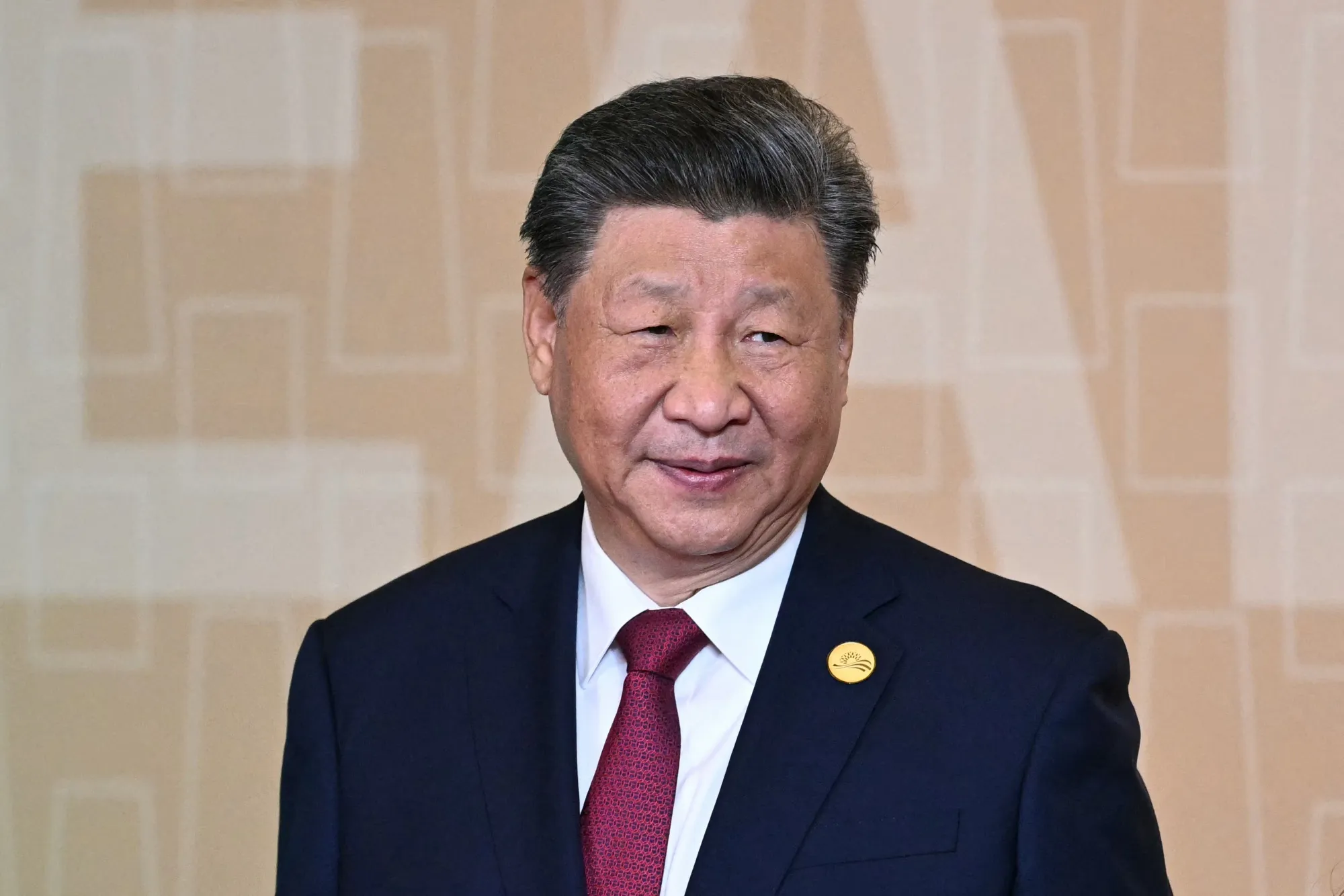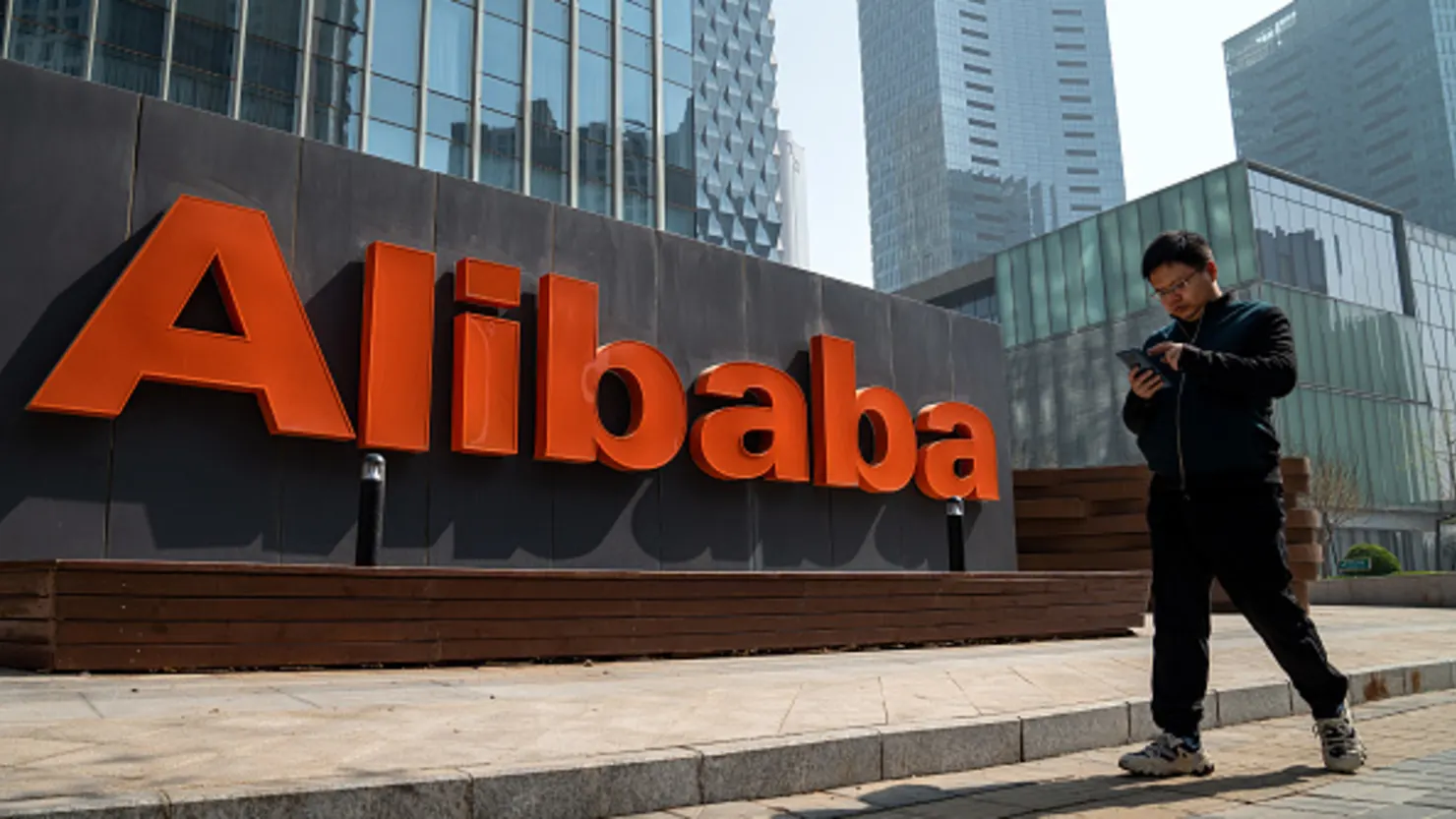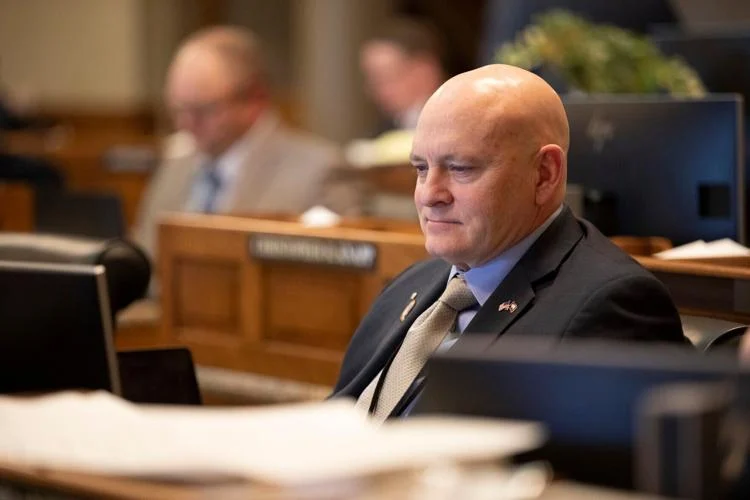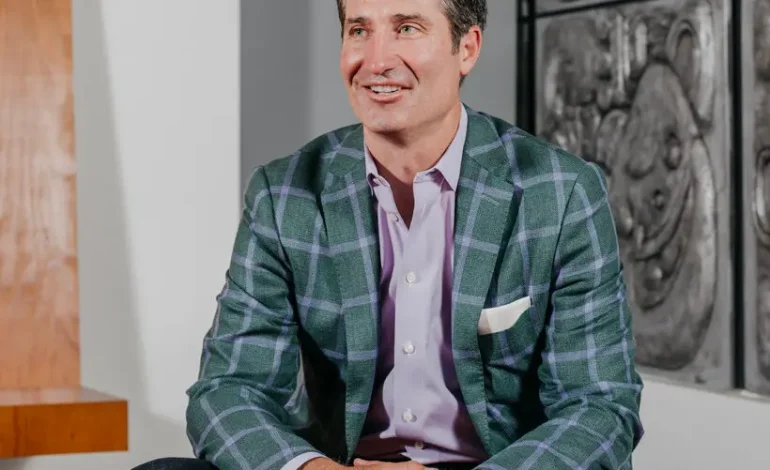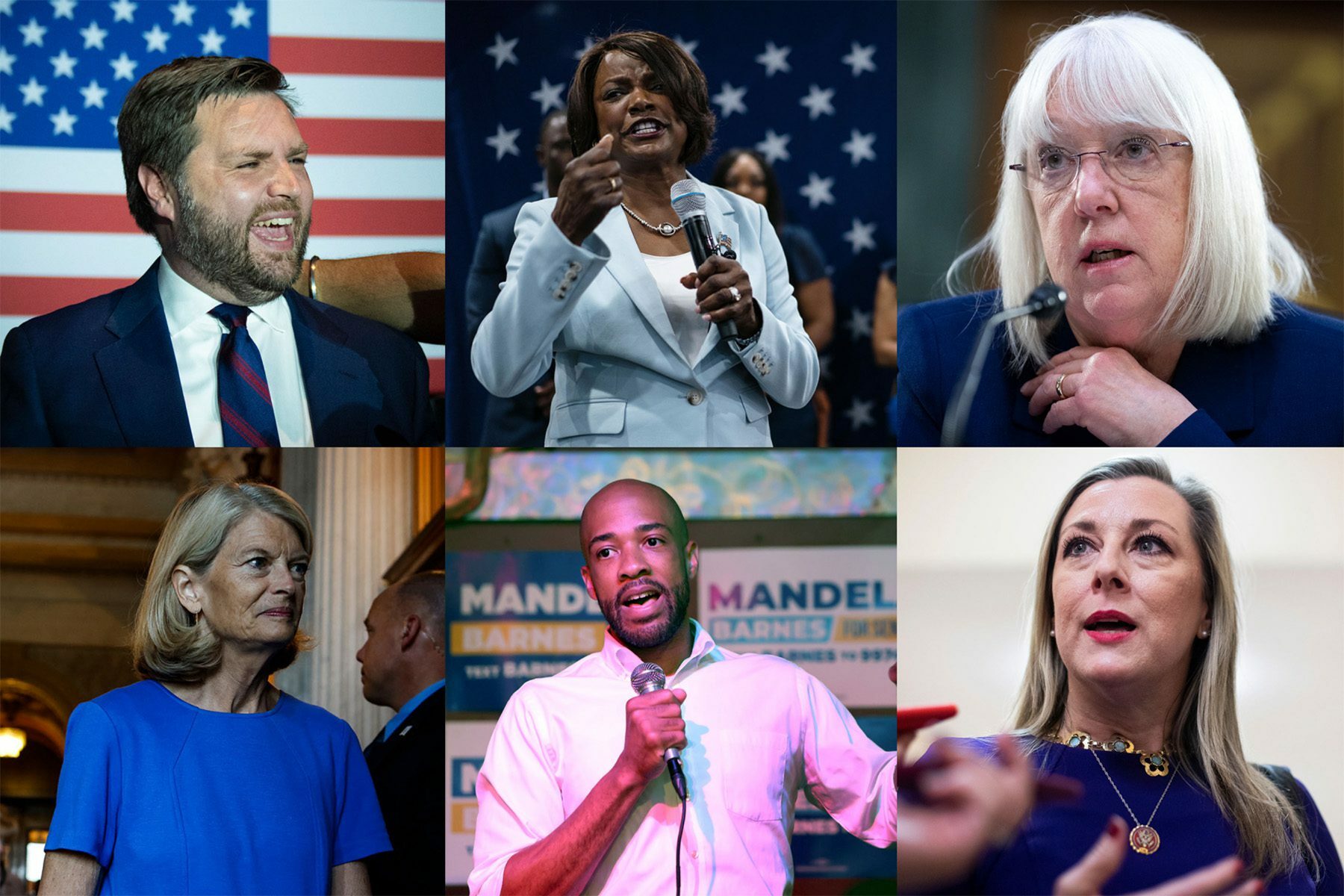Starbucks, a long-time giant in the coffee industry, faces new challenges as customers voice concerns over the brand’s direction and experience.
CEO Brian Niccol, who joined in September, has swiftly acknowledged these issues and outlined his plan to revitalize the Starbucks brand through a campaign called “Back to Starbucks.” This effort, which involves simplifying the menu and improving in-store experiences, aims to address the operational and cultural changes that many loyal customers feel have drifted from the coffeehouse’s core identity.
Greg Tutunjian, a Starbucks regular for over three decades, describes frustrations shared by many longtime patrons. His simple dark-roast coffee order is often delayed as baristas work on a growing list of complex and customized orders. For Tutunjian, even securing his favorite coffee beans has become challenging, as the Starbucks app frequently shows inaccurate stock levels at local stores.
“I’ll go to four or five Starbucks in my area, and even when the app says [an item] is available, it’s often not in stock when I arrive,” he shared.
In his first week, Niccol openly critiqued Starbucks’s current service, describing it as “transactional” and often “overwhelming.” Data support this assessment; Starbucks recently reported a 7% drop in global same-store sales, and a sharp 10% decrease in store traffic from the previous year. This downturn has prompted Starbucks to suspend its 2025 fiscal projections and prompted Niccol to initiate changes to simplify the ordering process and ease operational pressure on staff. Many of these issues stem from the shift toward mobile app orders, which, while convenient, have resulted in long waits for in-store customers. In response, Niccol plans to improve the app’s interface and address staffing to better balance these competing service models.
For some, Starbucks has lost its sense of community. Nicole Simone, a musician from Los Angeles, fondly recalls when Starbucks was a cozy place to enjoy coffee and socialize.
“Now, it feels like a fast-food restaurant,” she observed.
Simone added that the space feels “sterile” and rushed. In its transition to digital efficiency and drive-through convenience, Starbucks has downsized seating in some locations, leaving some patrons missing the traditional coffeehouse ambiance that defined the brand.
Niccol’s vision is to reconnect Starbucks with its roots as a welcoming community space. This involves revisiting store layouts, creating a simpler menu, and restoring the Starbucks atmosphere as a premium experience. Analysts agree that Starbucks’s long-standing position as a premium coffee brand can be bolstered by elevating customer experience rather than discounting drinks. Observers also anticipate that Starbucks will continue rolling out the Siren System, a technology aimed at reducing beverage preparation time, which has only been implemented in a fraction of its stores so far.
China, Starbucks’s second-largest market, represents a different set of challenges. With over 7,300 locations and significant expansion plans, Starbucks’s performance in China has been hindered by an economic slowdown and increased competition from local brands. Same-store sales in China recently declined by 14%, leading some analysts to question whether the chain may slow expansion in the region.
Niccol, a former Chipotle CEO known for brand rejuvenation, is focusing on simplifying operations, supporting baristas, and reinforcing the coffeehouse as a central gathering place. He has also appointed Tressie Lieberman as global chief brand officer to help reorient Starbucks’s identity in marketing and communications, promising changes that highlight the company’s distinctive products and unique culture.
The New York Times and Starbucks Corporation contributed to this report.


